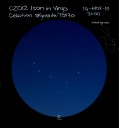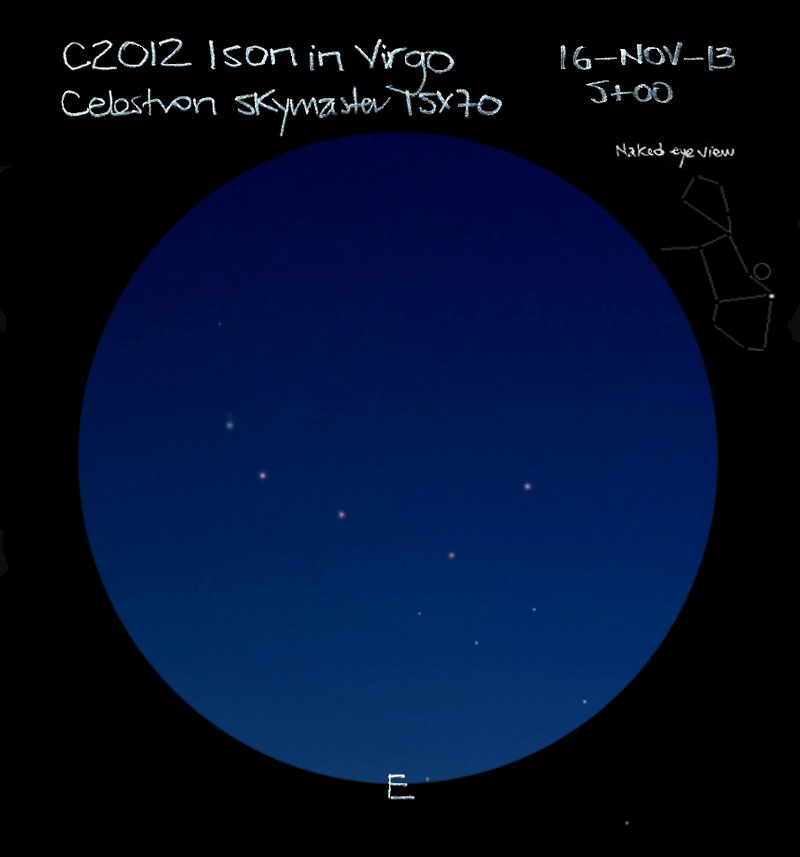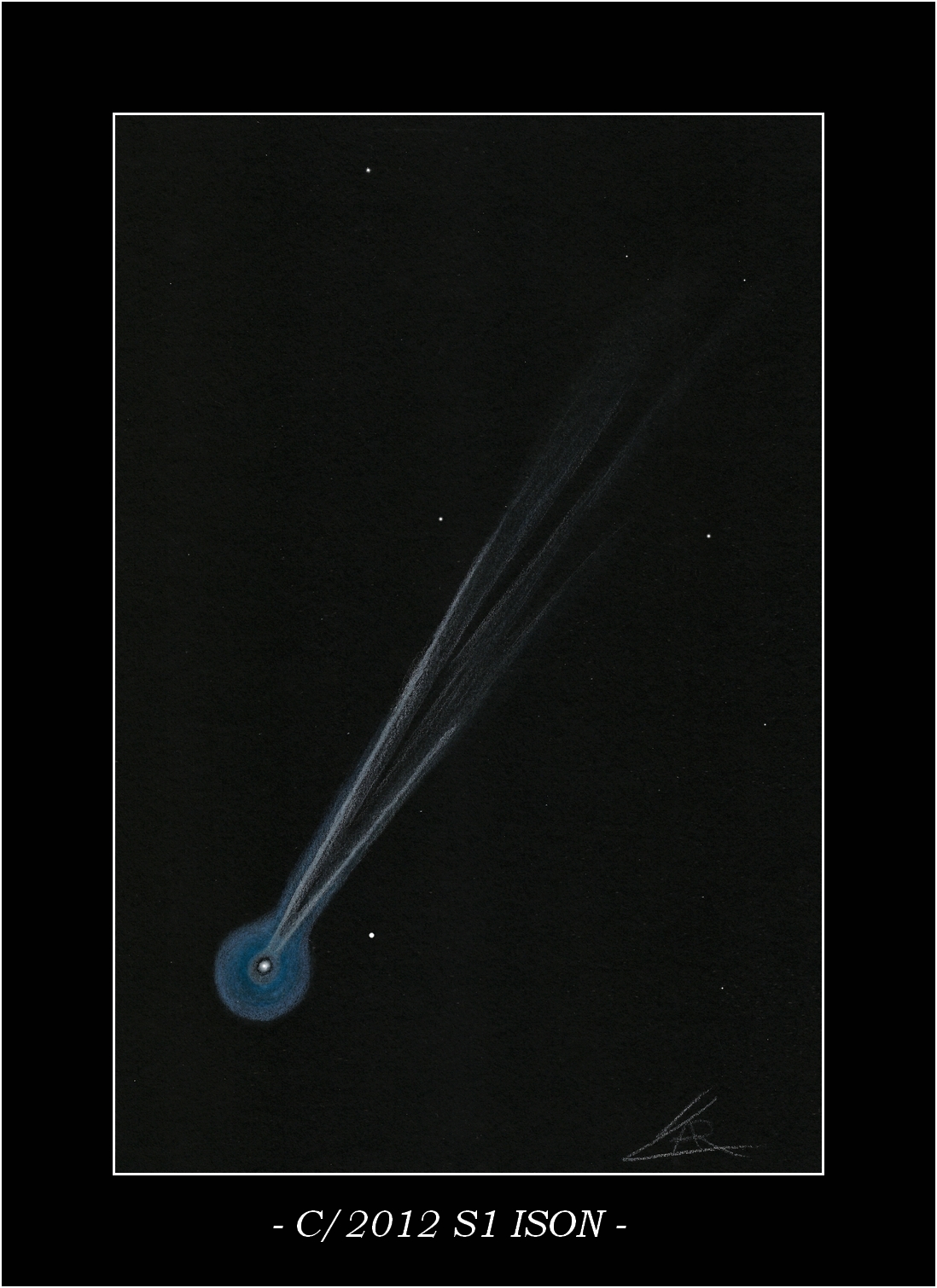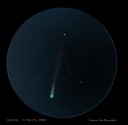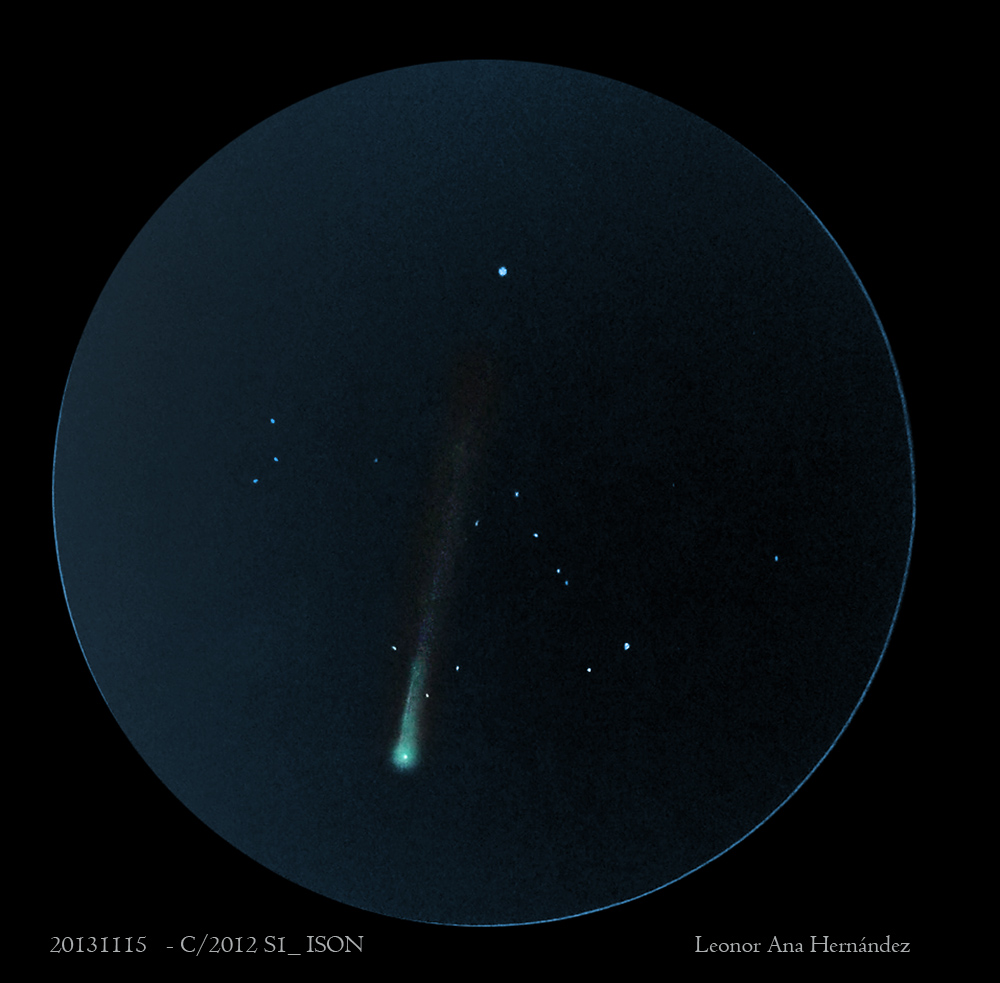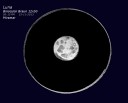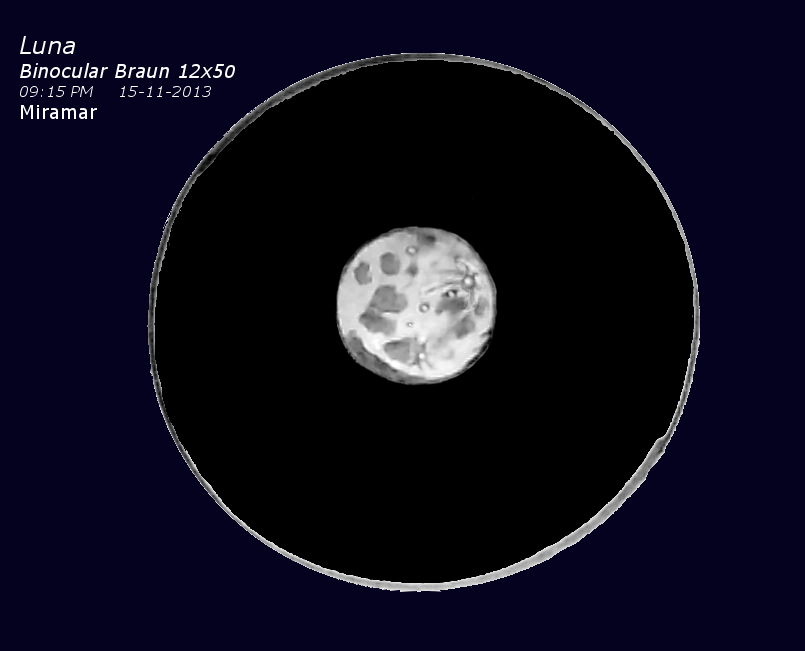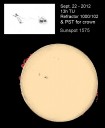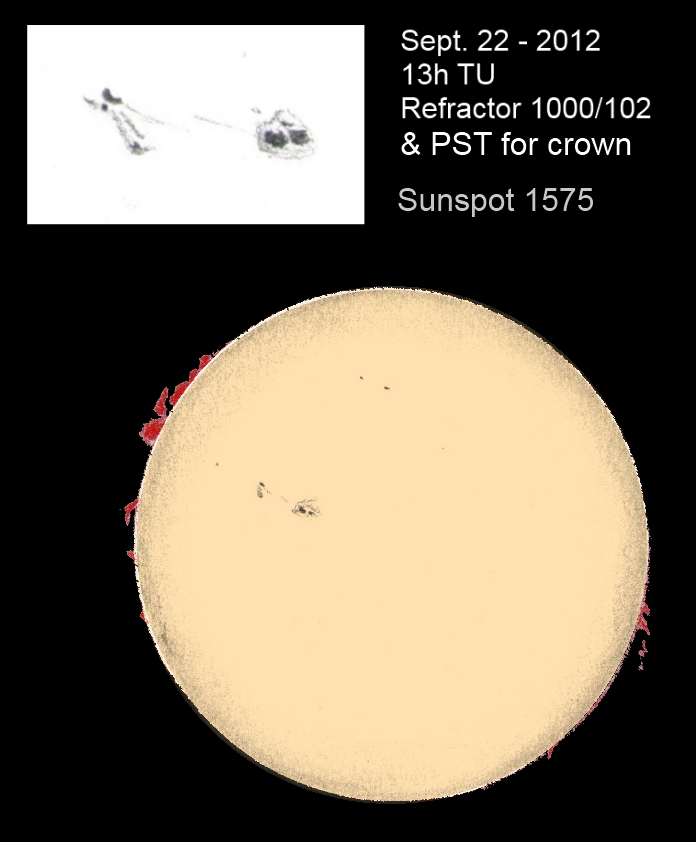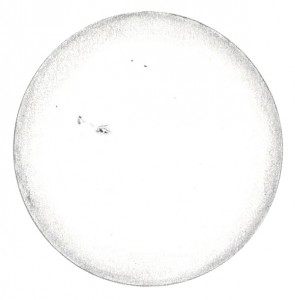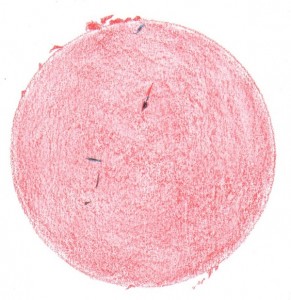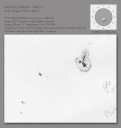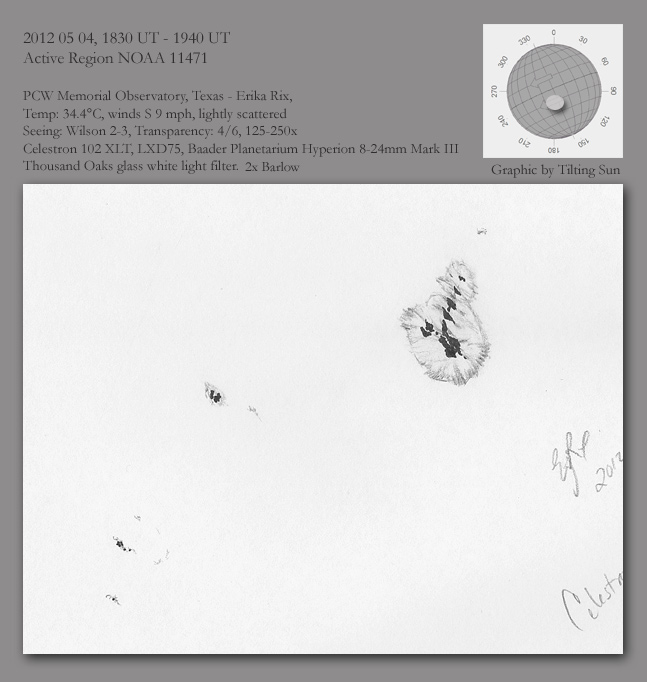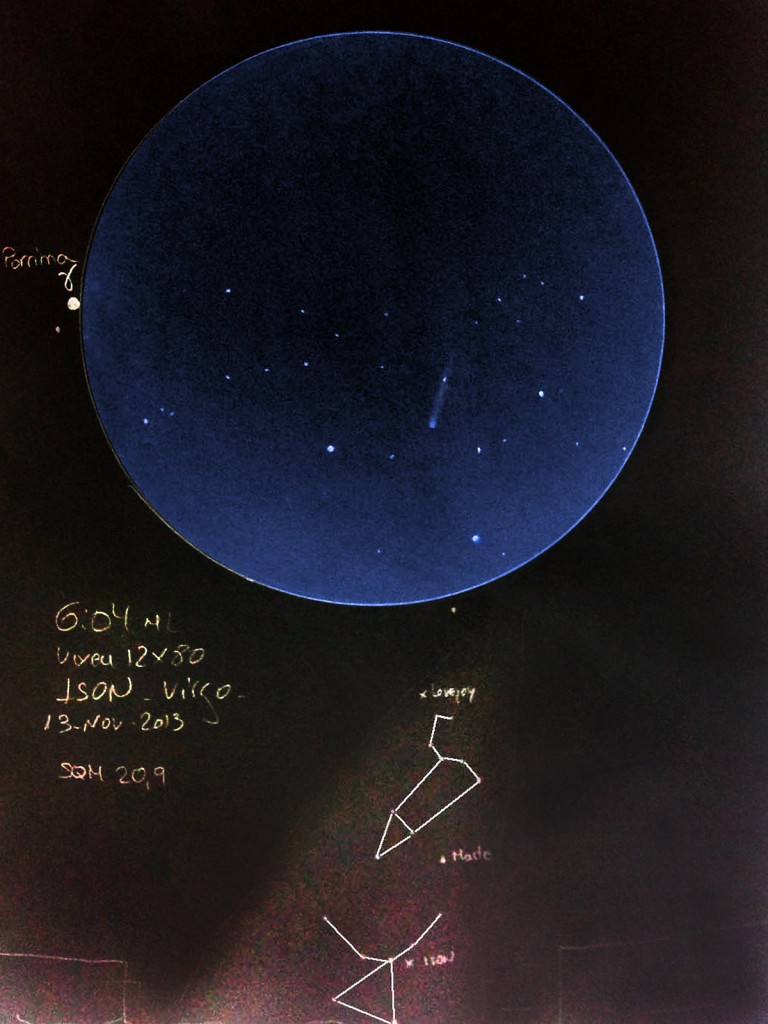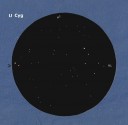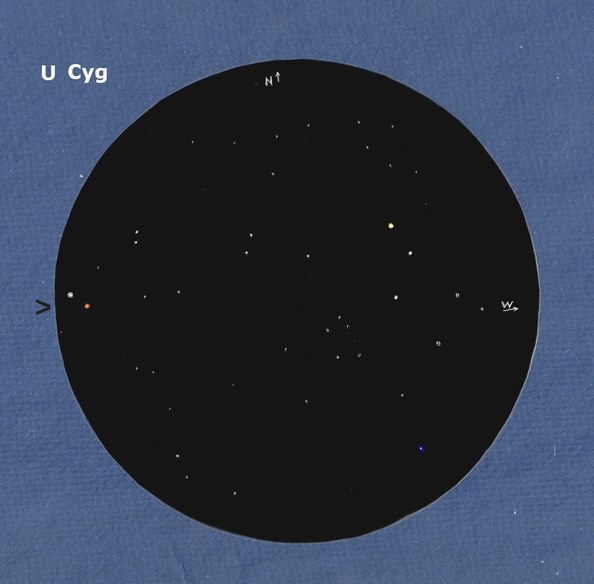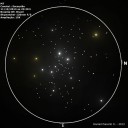
• Object Name: NGC 7293 – Helix Nebula
• Object Type: Planetary nebula (PN)
• Location: Pelayos de la Presa – Spain
• Date: nov/06/2013
• Media: Graphite Pencil HB 2, torchon 1 and 130g drawing sheet
• inverted colors with GIMP 2.8
Observation notes:
Pelayos is relatively close to Madrid , tonight stellar magnitude is 5.1 , not being the best conditions for observing deep sky objects , but incredibly the NP in this place have a brightness nearly comparable to the best skies I have seen.
The nebula is easy to locate as it is easily distinguished in the 30mm eyepiece that gives a real field 2 and 40x magnification .
With 40x appears bright , big and round. The less dense central region being surrounded by a thick contour brighter , especially in the low part, and cutting at two opposite ends , one very clearly , sounding the form of a ” horseshoe” .
With 80x lost denser areas , disappearing horseshoe shape , but gives an incredible feeling of great size, and clearly distinguish at least two starlets inside.
The design and perform observation with 40x decide better appreciation for density variations .
Indispensable observation filter and side view to appreciate the details.
New 10” dob telescope. Object Elevation +24º. Male 5,1. 14º C. Moisture 50 º/º.
Greetings to all visitors of this page.
Pedro Villamiel. Alcorcon, Madrid. nov/24/2013

